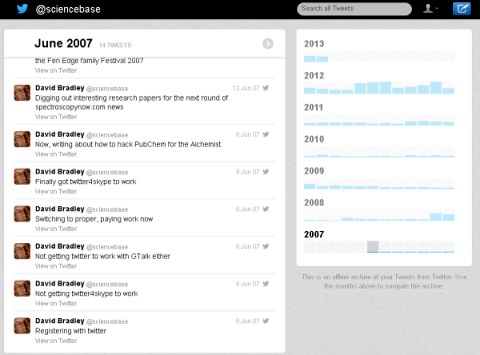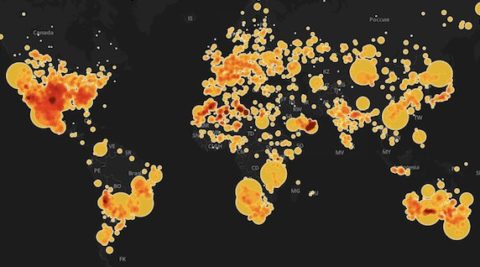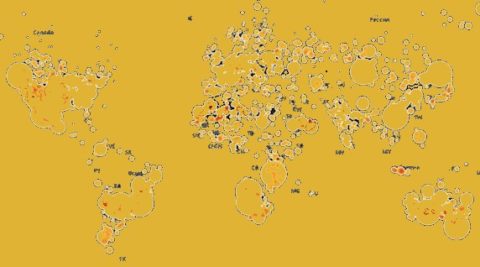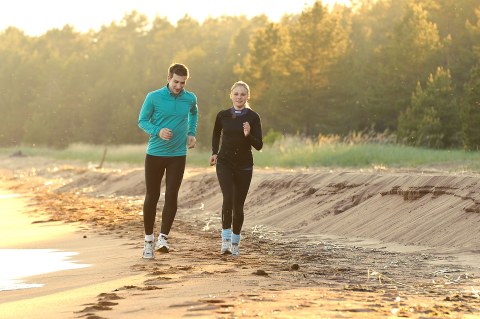Growing population and an increasing poverty gap are major challenges for global food security especially when the issue of biofuels produced from crops is introduced. According to Tahereh Alavi Hojjat of DeSales University, in Center Valley, Pennsylvania, USA, governments around the world must address five major challenges if we are not to see an enormous increase in human suffering, disease and starvation:
1 Energy security – This directly affects food prices through fertiliser costs, farm energy use and transportation costs, as well as the use of land for growing biofuel crops, which is meant to circumvent our reliance on putatively dwindling fossil fuel supplies and mitigate against challenge #2, climate change.
2 Climate change – Will increase by tens, perhaps hundreds of millions, the number of undernourished people worldwide as higher average temperatures negatively impact on food crop yields.
3 Water security: is already becoming a major problem as the population grows and consumption rises. Half a billion people live in countries chronically short of water. By 2050, this number could be closer to four billion as a result of climate change and loss of fresh water resources.
4 Competition for land – A growing problem that will likely increase the incidence of civil unrest and international conflict as fertile land area dwindles and urbanisation predominates.
5 Demand for food – This will inevitably rise as the population increases toward 10 billion and a greater percentage of people demand meat.
Driven by these various factors, Hojjat suggests that we are heading for a “food crunch”, which will inevitably hit the poorest hardest. The international community must move quickly and effectively Hojjat urges. Hunger is not caused by scarcity in terms of production capacity, there is plenty of food being produced globally but it doesn’t reach those in most need while obesity levels continue to grow in certain parts of the world. “To solve the world hunger crisis, it is necessary to do more than send emergency food aid to countries facing famine. Leaders must address the globalised system of agricultural production and trade that favours large corporate agriculture and export-oriented crops while discriminating against small-scale farmers and agriculture oriented to local needs,” Hojjat says.
 Hojjat T.A. (2012). Global poverty and biofuel production: food vs. fuel, International Journal of Energy Technology and Policy, 8 (3/4/5/6) 209. DOI: 10.1504/IJETP.2012.052109
Hojjat T.A. (2012). Global poverty and biofuel production: food vs. fuel, International Journal of Energy Technology and Policy, 8 (3/4/5/6) 209. DOI: 10.1504/IJETP.2012.052109




 UPDATE: 2012-02-13 It’s on again and this year I can offer a little advice on how to get a
UPDATE: 2012-02-13 It’s on again and this year I can offer a little advice on how to get a